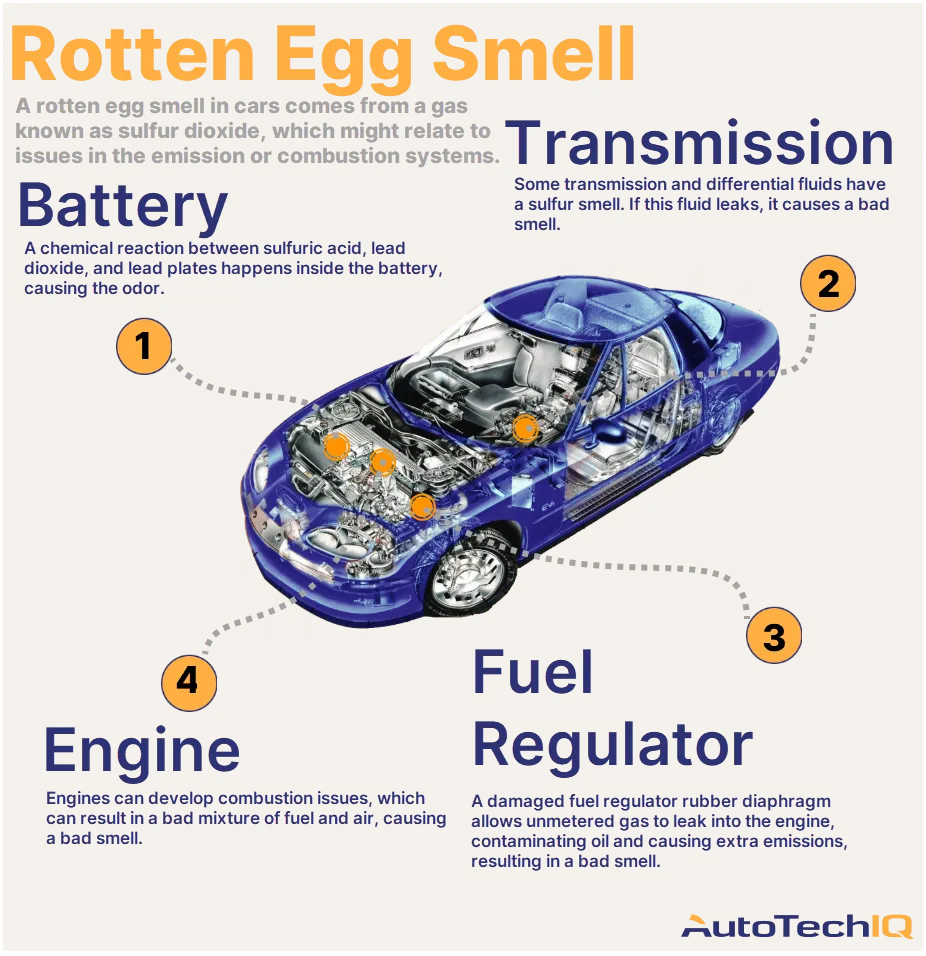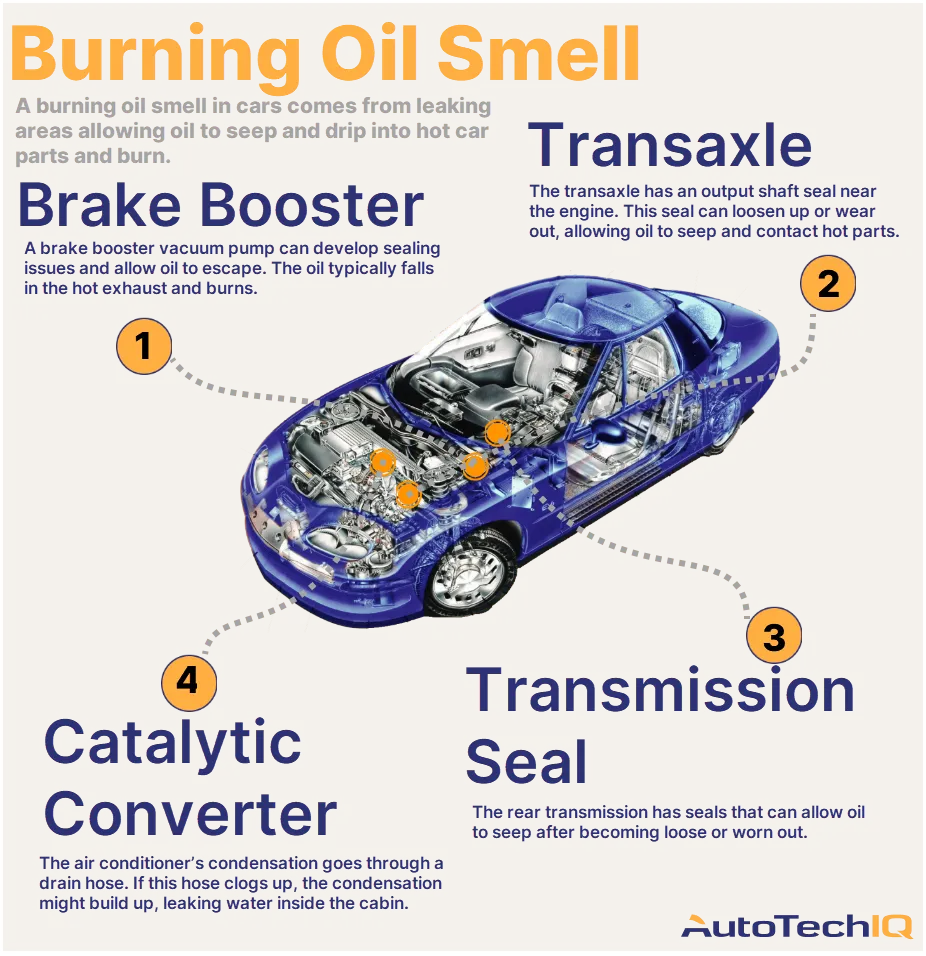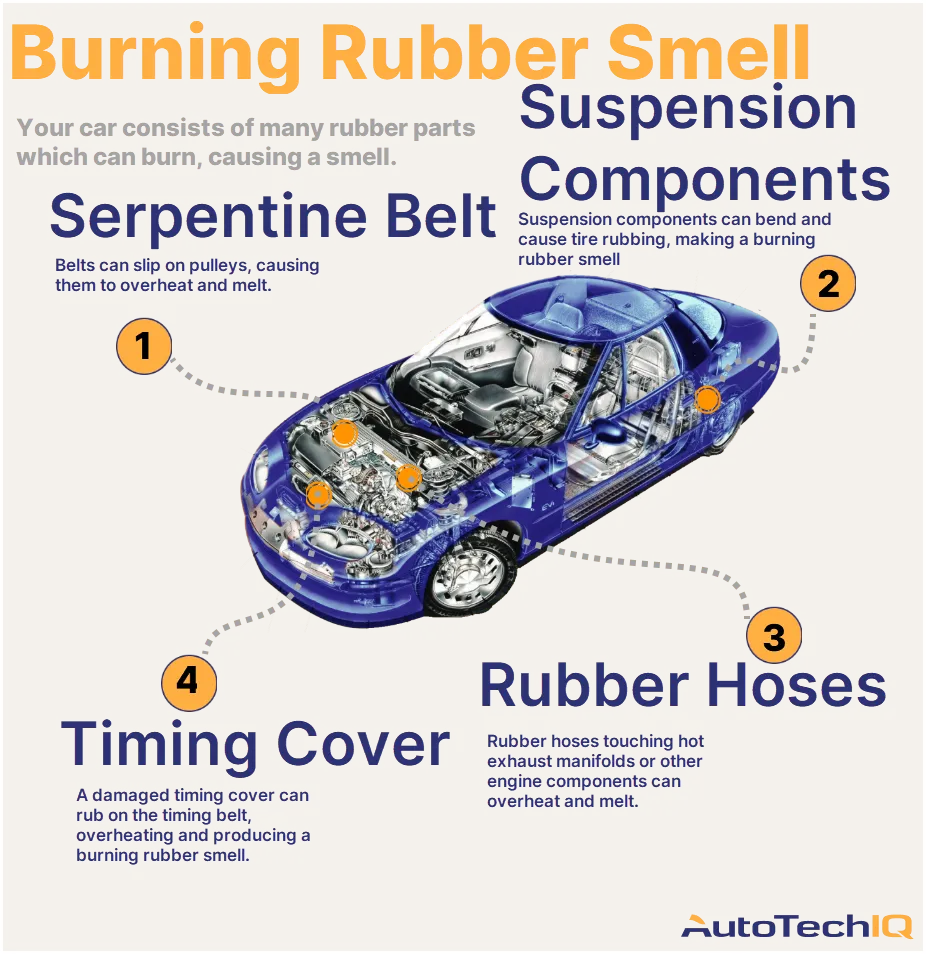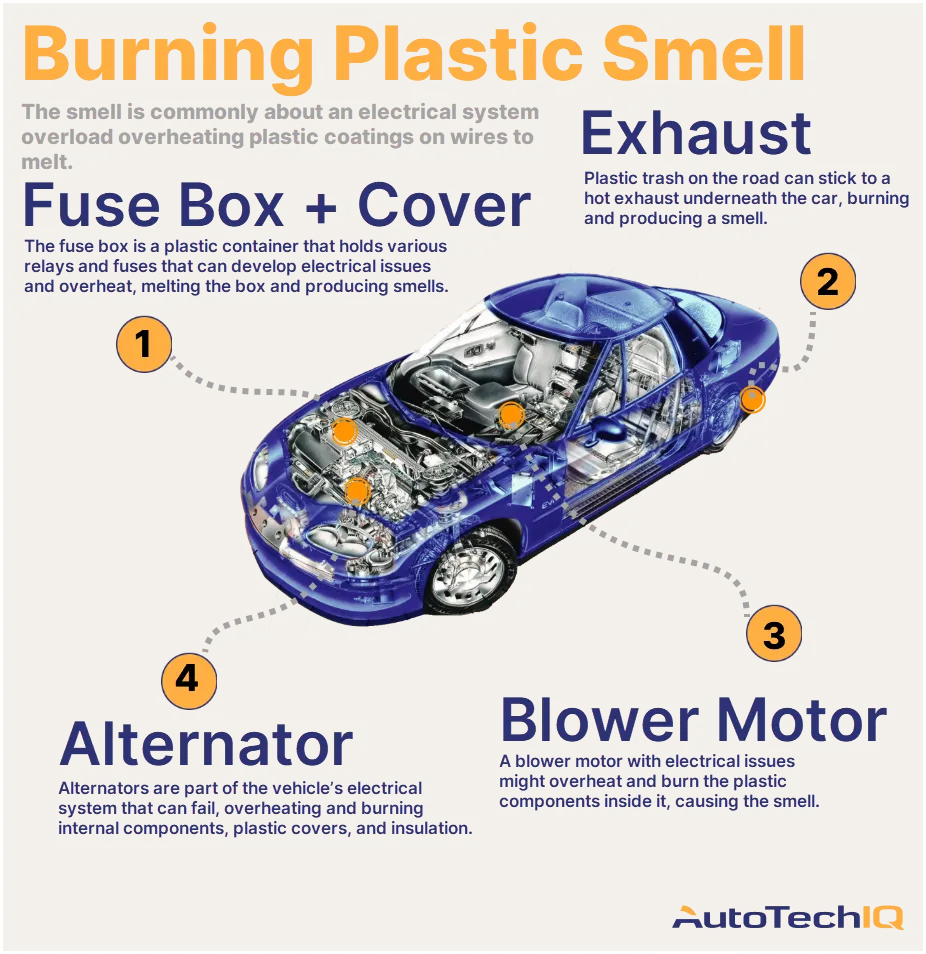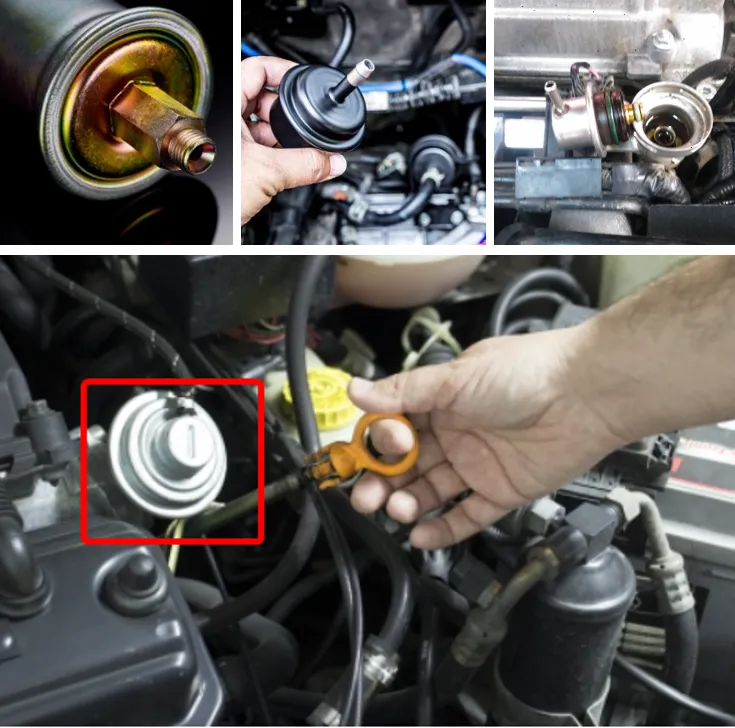
The fuel pressure regulator is designed to maintain constant pressure in the engine's fuel system. This ensures its smooth operation and maximum performance in all modes. More often than not, the fuel pressure regulator is located on the fuel rail or on the fuel pump in the tank itself.
Reasons for replacing the regulator:
- The working spring has broken;
- The housing's seal has been breached;
- There are signs of leakage;
- Contact surfaces are corroded;
- There is a breach in the diaphragm's integrity;
- The return valve is worn out;
- Contamination due to substandard fuel;
- Natural aging of materials, although the regulator's durability is quite extensive. It's designed for mileage within 100,000 miles and even more, assuming that the driver doesn't fuel up with questionable quality gasoline.
Signs of a malfunction that require you to contact a repair shop:
- Difficulty in starting the engine;
- Unstable engine operation, misfires, stalls at idle speeds;
- Increased fuel consumption;
- Reduced power;
- Delayed engine response;
- Exhaust gases become more toxic, containing more carbon monoxide and carbon dioxide;
- When speeding up, the vehicle's motion becomes uneven with noticeable jerks.
If you notice these signs in your car, it is advisable to visit a car service center for proper diagnostics and repair. During diagnostics, the first step is to measure the pressure in the fuel system. The fuel pressure regulator is designed to release excess fuel back into the tank when pressure exceeds the set limit and to balance the pressure in the fuel system.
If the technician determines the fuel pressure regulator is faulty during diagnostics, it's replaced. This is done after first releasing the system's pressure. To do this, the fuel pump fuse is removed, and the car is started. When the engine starts shaking, the ignition is turned off. The pressure in the system should drop. The design of the fuel pressure regulator does not allow for its repair, only replacement. A new regulator is installed in its place and the fuel pipe is attached.
Before the first start, it's essential to pressurize the fuel rail and fill it with gasoline; otherwise, the engine might take a long time to start. To do this, turn the ignition on three times, waiting each time for the pump to stop humming. Naturally, don't forget to put back the fuel pump fuse before this. Then start the engine.
The fuel pressure regulator is crucial from the car's overall working perspective because it ensures the uninterrupted functioning of the engine and is the first to bear the brunt if substandard fuel has been used. During visits to the auto workshop, it's advisable to periodically check the pressure in the fuel system and replace parts when necessary.


